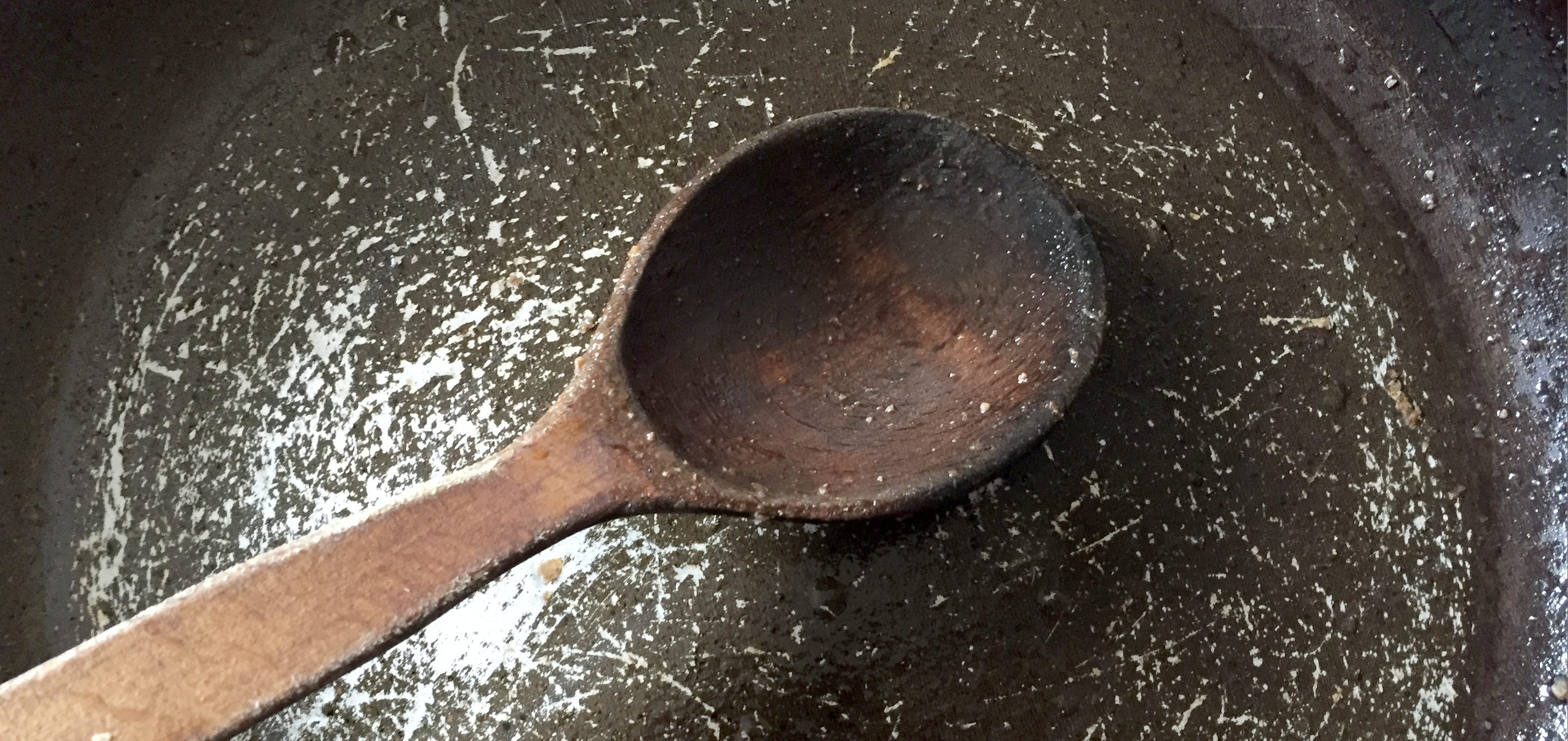Cook Like A Pro: Making the Perfect Roux
Using starch as a thickening agent is common practice in a professional kitchen. The starches thicken through a process called gelatinization. In short, the starch granules absorb moisture and expand as they swell. To prevent clumping, starches first need to be ‘separated’ by mixing it with a fat. This is the principle of a roux. Starch is mixed with a fat as a means to separate the granules and prevent clumping when water (or another liquid) is added.
;Resize,width=742;)
A roux is basically a cooked mixture of equal amounts of fat and flour. It sounds simple, but there is a right and wrong way to do it. If you want to know how too make it perfectly, then read on!
The Fat

Most home cooks start of their roux with butter, but in professional kitchens, clarified butter is the preferred form of fat. It has a lower moisture content than whole butter, so it won’t gelatinize easily. Because margarine is a lot cheaper than butter, it’s a popular substitute. But its flavor cannot match that of butter, and with margarine brands varying so widely, you never know what flavor you’re going to end up with.
Animal fats (like chicken schmaltz, beef drippings, or lard) work well in a roux, especially when it forms the base of sauces such as a chicken velouté or beef gravy.
The Flour

The thickening power of the flour you use will depend on its starch content. In most professional kitchens, bread flour is used. It has less starch and more protein than cake flour, so if you use the latter you would need slightly less to get the same amount of thickening.
The Ratios

As mentioned, the general rule of thumb is to use equal amounts (by weight) of fat and flour. There should be enough fat to coat all the starch granules. Be careful, however, not to add too much fat. The sauce can quickly become greasy and give the sauce an oily look. When you use the correct ratio of fat to flour, the mixture should look like wet sand.
The Roux
The roux should only be cooked long enough to get rid of the raw, floury taste. Depending on the length of cooking time, there are three different types of roux:
- White roux – this roux is cooked just long enough to remove the raw taste. It is white in color and is used for bechamel sauces, or other milk-based sauces.
- Blonde roux – this roux is cooked slightly longer than the white roux. It’s darker in color (pale ivory) and is used in veloutés and other sauces.
- Brown roux – this roux is cooked until it develops a light brown color and a nutty taste. Because the cooking time is slightly longer than the others, it needs to be done over a low heat as to prevent burning.
- Dark brown (Louisiana-style) roux – this roux is extremely well-known in Cajun/Creole cooking in the state of Louisiana. It is cooked for a long time (15 to 45 minutes), until a deep brown color develops. Most cooks prefer to use lard for this type of roux, as it is easier to cook long enough for a dark brown color to develop.
So how do you make a roux? Once you have all the information, the actual method is quite easy. You simply melt the fat, add the correct amount of flour, and stir until you get the desired color.
;Resize,width=767;)
;Resize,width=712;)

;Resize,width=712;)
